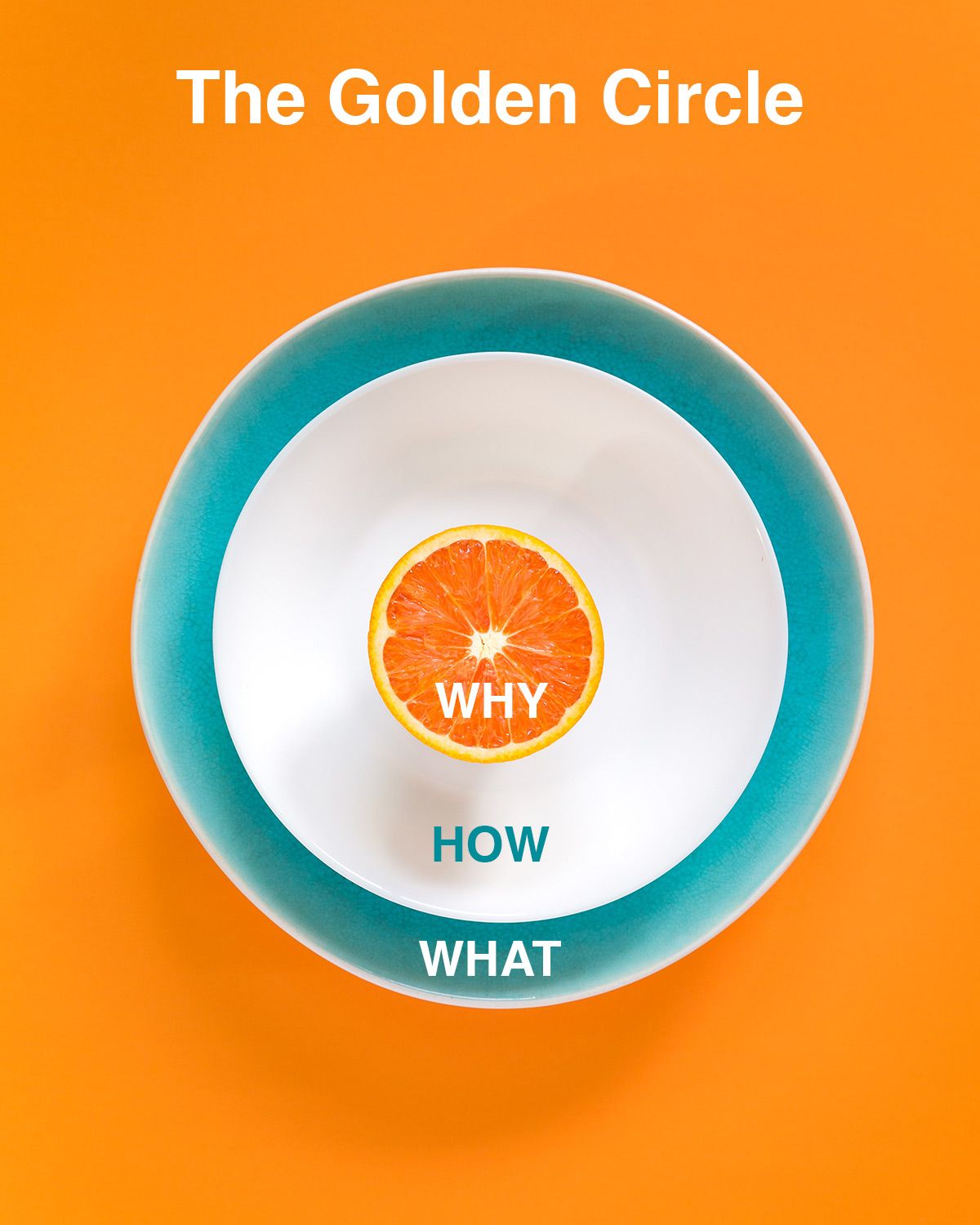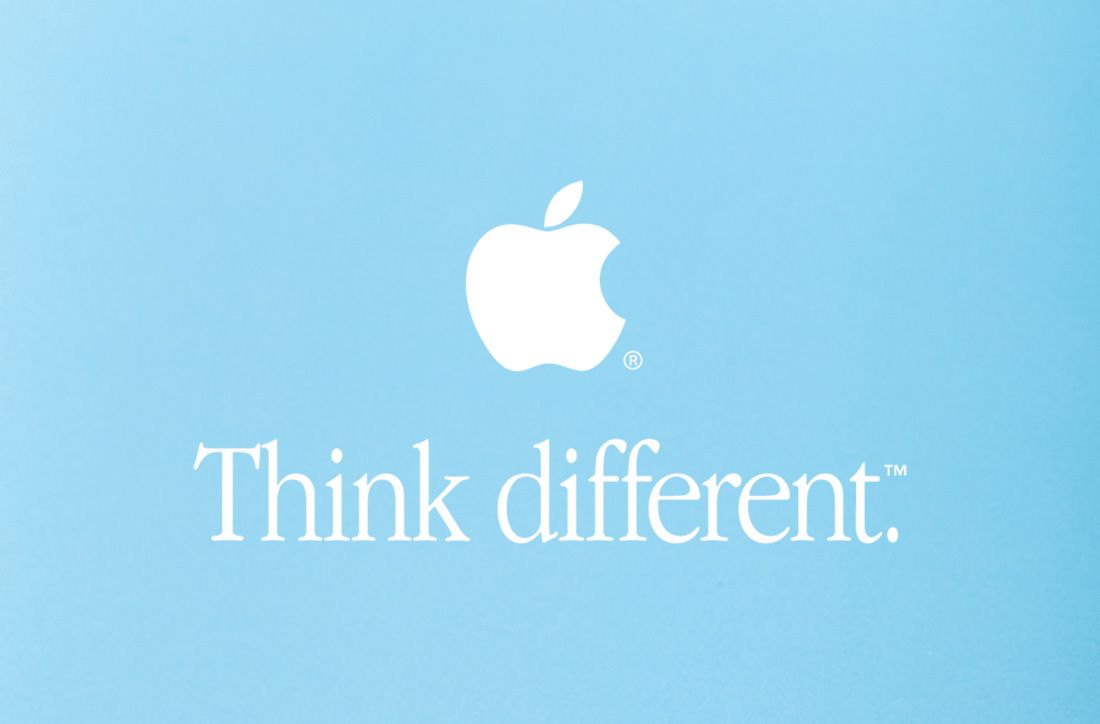Start with WHY: A simple framework for great leadership
Simon Sinek identified a pattern in the thoughts, actions, and communication of great leaders like Steve Jobs, Martin Luther King, or the Wright brothers. Learn how they used the "Golden Circle framework" to inspire their team and influence their customers.

Simon Sinek - the author of 'Start With Why; How Great Leaders Inspire Everyone to Take Action' - identified a pattern in the thoughts, actions, and communication of great leaders like Steve Jobs, Martin Luther King, or the Wright brothers.
According to Simon, great leaders share a process that is the exact opposite of what the large majority of average, unremarkable leaders do.
Holding a position of power or authority can define you as a leader, but those who truly lead are the ones who inspire us. "We follow them, not because we have to, but because we want to."
Perhaps you have your sights on developing incredible leadership skills and galvanizing others. Or maybe you want to feel more inspired at work. Either way, learning to start with WHY can be extremely valuable.
The Golden Circle
Simon created The Golden Circle, a simple framework that consists of 3 concentric layers: WHAT, HOW, and WHY.

WHAT - Every leader can articulate what they, and their company, do. Since it's so straightforward, that is where they usually start.
HOW - Most leaders also explain how they do what they do. Their unique value proposition, differentiators, and values.
WHY - Few leaders make an effort to communicate why they do what they do: What's their purpose? Why does the organization exist? And why should anyone care?
The real breakthrough is the direction in which to move in the Golden Circle. You have probably guessed it by now. You're supposed to start with the WHY and move outwards, to the HOW, and finally the WHAT.
As Simon points out, Martin Luther King gave the "I have a dream" speech, not the "I have a plan" speech.
Start with WHY within your team
When you lead a team, your success depends on the team's ability to accomplish its mission. Creating the conditions for them to succeed should be your number one priority.
Some leaders might argue that telling people what to do is the shorter, more efficient path to success. They may think that teaching the team how to do their tasks is all that's left to do.
Well, that might be good enough when dealing with workers doing repetitive, pre-defined chores. However, it is certainly not the best way to manage a high-performing team when problem-solving and creativity are ingredients of their daily tasks.
Starting with WHY, and reminding it constantly, keeps everyone aligned on the purpose of the team. That will energize and empower each individual to be pro-active, make the right decisions, surpass roadblocks, and the team will move faster as a consequence.
Teams that start with WHY are also more likely to have a strong sense of purpose and experience less churn.
People who make a habit of applying this framework can inspire others and be inspired themselves. It applies in both directions. When in doubt, don't be afraid to ask WHY.
Start with WHY in Marketing
"People don't buy what you do. They buy why you do it." - Simon repeats this so many times, it can get on your nerves.
He also claims that "the goal is not to do business with people who need what you have, the goal is to do business with people who believe in what you believe."
Many authors reference Apple again and again to illustrate this point. Let's allow it one more time.

Focusing on the WHAT and the HOW, Apple would sell computers like this:
"We make great computers. They're user friendly, beautifully designed, and easy to use. Want to buy one?"
Starting with WHY and then moving to HOW and WHAT, they would end up with something more along these lines:
"With everything we do, we aim to challenge the status quo. We aim to think differently. Our products are user-friendly, beautifully designed, and easy to use. We just happen to make great computers. Want to buy one?"
In this case, a decision is made emotionally first and then justified rationally. That's why Apple fanboys are often accused of buying inferior products at inflated prices, as long as they come from Cupertino. Whether that is true or an exaggeration, any brand would love to have such a dedicated following.
Simon states that this behavior is grounded in biology and the way our brain makes decisions. The outer circle (WHAT) corresponds to the neocortex, where rational thoughts and language are processed. The inner circles (HOW and WHY) relate to the limbic system, where our emotions take control.
A gut feeling, that kind of decision that we need to follow but have trouble explaining rationally, comes straight from the inner circles. If your marketing can tap into the emotions of your audience, amazing things can happen.
Remember: People don't buy what you do. They buy why you do it.
Start with the TED Talk
If you've made it this far, I recommend watching Simon himself presenting his ideas. The TED Talk amassed more than 50 million views and is well worth 18 minutes of your time.

At this point, you'll probably be considering whether to read the book or not.
Although I strongly identify with the notion of starting with WHY and I've applied it many times in my life since I've discovered it, I have to say that 256 pages around this simple concept are a stretch.
The book reiterates the same message ad nauseam, and I found myself repeating "Ok... I got it, start with WHY!" in my head, halfway through it.

My advice is to skip the book, but I'm sure your limbic brain has already made its decision. 🧠


